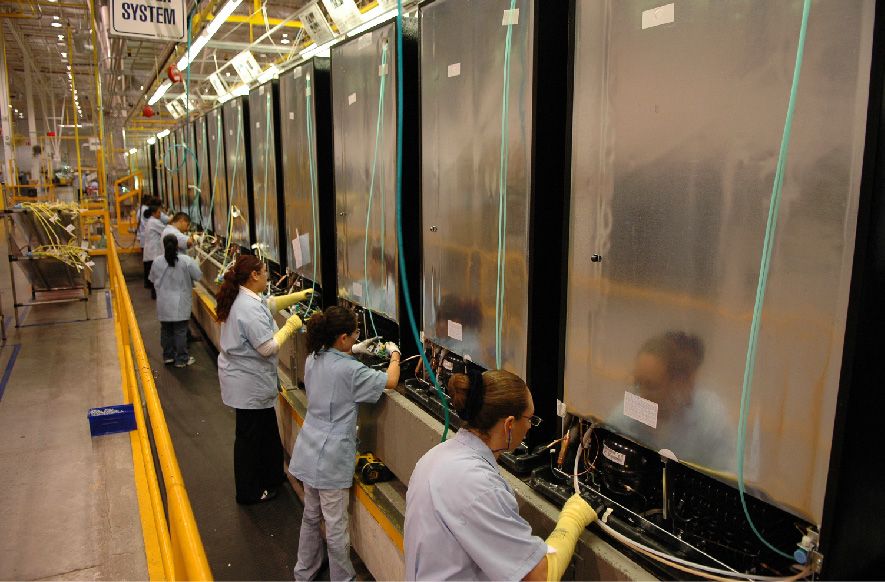In 2023, 32.4% of the value added by Mexico’s maquiladora industry corresponded to the production of transportation equipment, according to preliminary data from the Mexican government.
To note: Mexico’s maquiladora industry is comprised of entities that import raw materials and components duty-free and, in turn, export their finished products, and suppliers only pay tariffs on a value-added basis for work performed in Mexico.
The following are three indicators of the sector at the end of 2023, corresponding to the Maquiladora and Manufacturing Export Industry (IMMEX):
- Number of establishments: 5,167 (+0.3% y-o-y).
- Employees: 2 million 914,332 (+0.2 percent).
- Revenues: 7 billion 012,600 million pesos (+0.9% year-over-year).
Maquiladora Industry
Initially established primarily along the U.S.-Mexico border, maquiladora plants now operate in other regions of the country.
By expanding production to these other regions, maquiladora plants and suppliers have greater access to a larger and more diverse workforce.
This expansion has also provided the maquiladora plants with greater access to raw materials made available by Mexican suppliers.
Double Taxation
In order to coordinate the taxation of multinational companies to avoid double taxation and provide greater legal certainty to taxpayers, the Servicio de Administración Tributaria (SAT) and the U.S. Internal Revenue Service have an agreed standard methodology for assessing transfer pricing for income tax in the maquiladora industry.
Companies wishing to take advantage of this standard transfer pricing assessment methodology should opt to participate.
History
Mexico implemented and strengthened export promotion programs, which facilitated the importation of inputs through tariff reduction or elimination benefits -in 2002 the Sector Promotion Programs (PROSEC) and in 2006 the IMMEX Promotion Program, for example- so that the country could be in a position to export at international prices and qualities.
However, during that decade of trade negotiations (1995 to 2005), the opening to any country that was not part of the network of free trade agreements, taking advantage of the trade relations and preferential conditions offered by the treaties, was notoriously halted.
Thus, Mexico’s trade with its FTA partners reached 90% of the country’s total trade by the year 2000.

